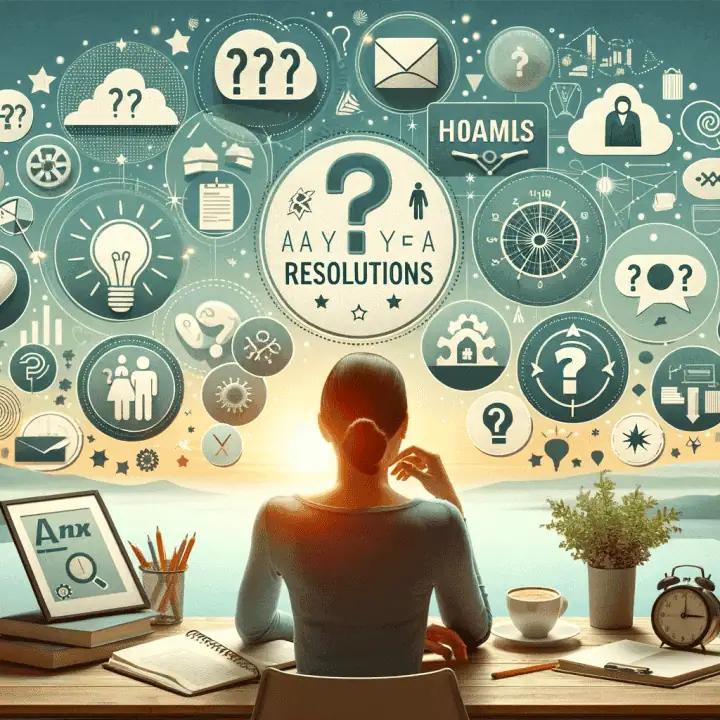NLP Coaching; What To Do When
How do you coach Someone when you know little about them?
One of the most common questions asked about coaching is, “How do you coach someone when you know little or nothing about their situation or activity?”
Coaching is not advising clients to take specific action, nor taking responsibility to oversee their actions. When coaching is offered by an expert in process, relevant subject knowledge is applied by the client. The coach’s job is to assist the client to discover their own present approach to their situation, to establish what works for the client currently and what the client wants to improve or change. Then the coach can engage the client in learning more effective means to reach their goals. The outcome of coaching is to assist each client to increase the reliability and value of their own thinking and performance to themselves and their chosen associates in and for the future.
Step 1 – Ask Questions
In practical terms, this requires asking a series of process questions to elicit information and unconscious demonstrations of behaviour from the client. This has two functions. It enables the client to learn new ways of identifying and locating their own inner resources without formal intervention and it provides the coach with live evidence of the client’s processes to use to assist the client further. Initially, the coach needs to see and hear three sets of responses:
- What does the client say and do, right now, in front of the coach, when they are asked to experience ‘as if’ having what they want instead of the present situation?
- What does the client say and do, now, when they experience ‘as if’ being in the situation they want to change?
- What does the client say and do, now, when they experience the state and behaviour that stops them gaining their outcome?
The answers and observations to these questions provide the coach and client with news of difference in the client’s existing processes, so the client can begin to differentiate their experiences and the coach can begin to identify possible changes. However, if change is initiated directly from the answers above, it may be too narrow to generalise into related areas and other examples of setbacks. The next questions broaden the scope and identify intentions while guiding the client to begin to discover resources in their own experience:
- Is the client’s outcome an example of a larger outcome? If so, does the client achieve other examples of the larger outcome?
- What does the client hope to gain through achieving their outcome?
- Does this intention reveal other possible outcomes of the intention?
- Does the client have any experiences of getting the results they want in the target situation or anywhere else they identify as having similar characteristics?
- What is different in the client’s experience between times and places when they get their outcome and those when they do not”? “What are they attending to in their experience?
- Is the target situation unique in the client’s experience, or the latest example of a longer standing problem? If longer standing, what do the examples have in common with each other?
By this stage, the coach will be identifying patterns of thinking and behaviour in the client’s experience. If the problem is informed by a limiting belief system, this will have become apparent from the client’s responses. The coach will now be aware of the relevant time frames, logical levels and perceptual positions used by the client in their problem states and outcome states.
Step 2 – Ask More Questions
To discover how much the client has learned through considering all the above questions and what changes they have made spontaneously, the coach may ask questions to clarify, specify and place new possibilities in the future. These include:
- How, specifically? (Fill in the verb)
For example: “how, specifically, client, do you enlarge that image/amplify that sound/increase that sensation”? Or “how, specifically will you change your state”?
- What, specifically? (Fill in the noun)
For example: “what image/sound/sensation, specifically”? Or “Which car, specifically”?
“When you have had this outcome for 6 months, what, specifically do expect to be experiencing”?
It is quite likely that by this stage, the client will have made substantial discoveries and connections through attending to these questions, without further intervention. However, if the coach proposes a formal intervention or the client needs a conscious convincer, now the coach has all the information they need to choose elements of NLP processes to create a personal intervention. The questions above can be put to anyone who wants access to more of their own resources. They also assist those students of NLP who still want to learn how to ‘choose’ their interventions with clients.
Want to become an accredited coach? Learn how.
Related articles
Learn more about NLP by reading our Ultimate Compendium of NLP
If you found this article useful, please share.
Similar Posts
Subscribe Now!
Stay Up-to-Date with Our Latest Courses and Special Offers
Stay in the loop with new course releases and opportunities by completing our form. Never miss out!


